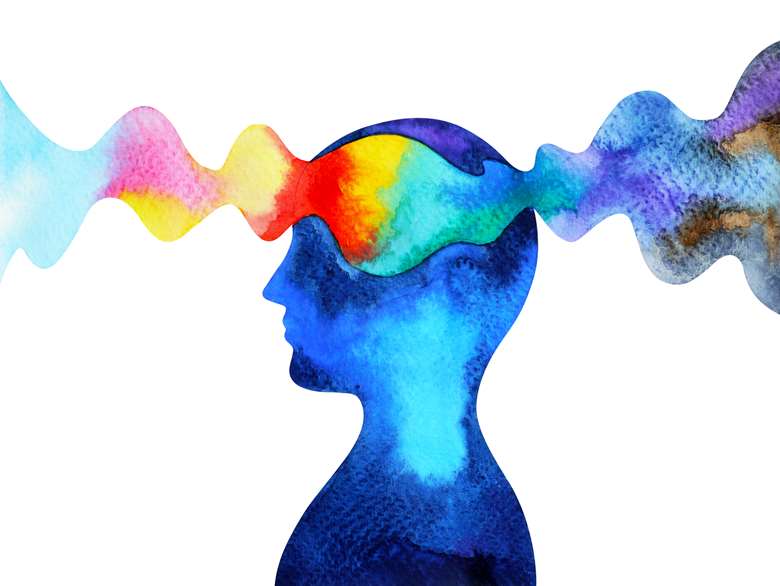'The audience’s role became much more empathetic': inside Opera on Brainwaves
Charlotte Gardner
Monday, August 23, 2021
A new project uses new technology to show the audience the lived emotional experience of the performer, in real time. Charlotte Gardner finds out more


Register now to continue reading
Don’t miss out on our dedicated coverage of the classical music world. Register today to enjoy the following benefits:
- Unlimited access to news pages
- Free weekly email newsletter
- Free access to two subscriber-only articles per month